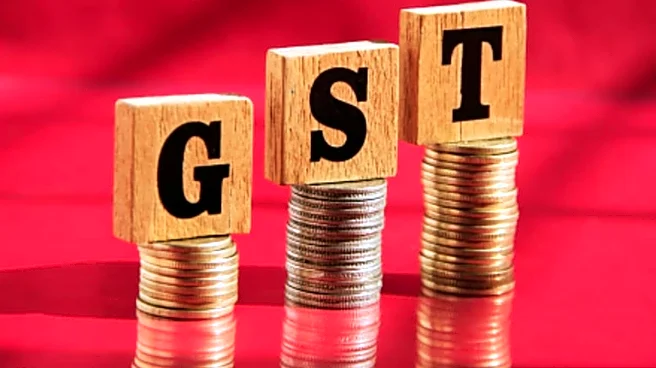The online retailers are going to benefit significantly from the reduced costs for businesses and consumers and simplified rules for e-commerce platforms regarding delivery charges and local delivery services under the revised GST structure.
Under the next-generation reforms, theGST Council has approved a simplified two-tier structure of 5% and 18% tax rates while eliminating the 12% and 28% slabs. A new 40% tax slab has been introduced for luxury items and sin goods.
E-commerce industry insiders and analysts expect the GST reforms will drastically transform the online retail sector, especially in terms of pricing, competitiveness, customer behaviour and compliance.
GST 2.0: Advantages for the e-commerce sector
- Reduced tax slabs of 5% and 18% will bring down costs for e-commerce platforms, sellers and customers.
- E-commerce players are likely to see significant savings in operating costs due to reduced logistics expenses. For instance, 5%GST on packaging materials and lower GST rates of 18% on trucks and delivery vans will reduce overall supply chain and delivery costs.
- GST registration for small e-commerce suppliers has been simplified under the reforms.
- Last-mile logistics costs for e-commerce platforms are also going to be more efficient with clarity in taxation. E-commerce platforms are now required to collect 18% tax for unregistered delivery partners, while registered partners will make their own payments.
- MSMEs and small retailers are going to benefit from lower tax on packaging material and overall logistics costs. This may lead to an improvement in profit margin.
- The Finance Ministry has initiated the process of operationalising theGoods and Services Tax Appellate Tribunal (GSTAT) by defining the timeline and cases to be taken up by the body. Hearings of cases will begin in December 2025. The framework provides a formal process for resolving disputes related to e-commerce and other sectors.
Growth driven by festive demand
The government recently asked leading e-commerce platforms to launch a nationwide 100-day ‘GST Bachat Utsav’ campaign starting from September 22, the first day of Navratri. The initiative announced by the Department for Promotion of Industry and Internal Trade (DPIIT) on Monday, after a meeting with the country’s largest retail and online platforms, is aimed at passing on the GST 2.0 benefits to customers. The initiative is also going to boost demand this festive season for online retailers across segments.
However, the e-commerce platforms may see a dip in sales during the transition period. Consumers are waiting for the rollout of the new GST rates and reduced costs on products before making their purchases. For instance, as the tax rates on ACs, television sets and fridges have been reduced, consumers may keep a watch on price changes post-September 22. Once the reduced GST rates are implemented, e-commerce giants are expected to interact with brands to meet the potential rise in demand.



/images/ppid_59c68470-image-175851509648168094.webp)
/images/ppid_59c68470-image-175851753477286333.webp)
/images/ppid_59c68470-image-175852757417582211.webp)
/images/ppid_59c68470-image-175835752323868313.webp)
/images/ppid_59c68470-image-175827503631172991.webp)
/images/ppid_59c68470-image-175835261686681392.webp)
/images/ppid_59c68470-image-175836006816489526.webp)
/images/ppid_59c68470-image-17583400253698400.webp)
/images/ppid_59c68470-image-175835005661730158.webp)